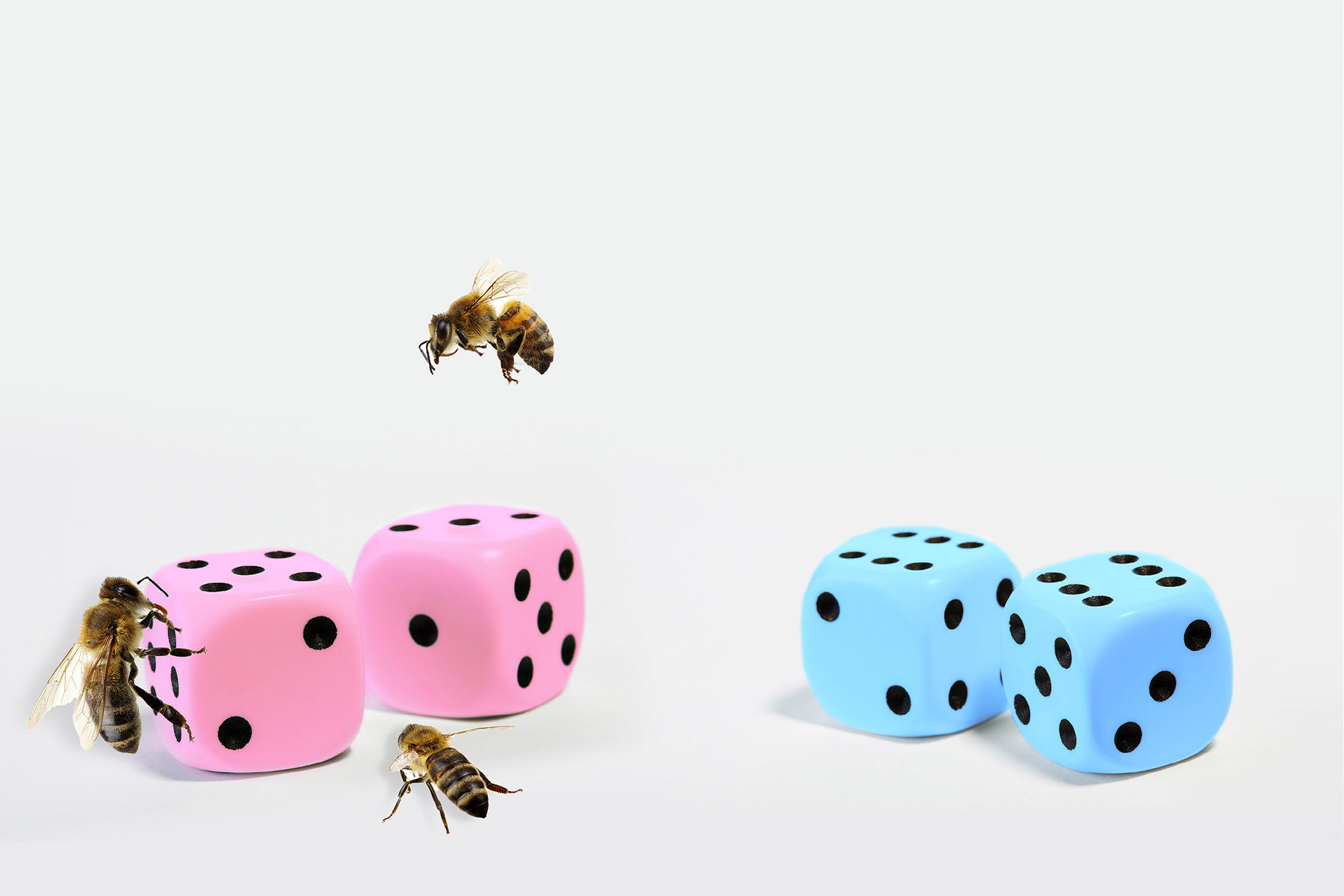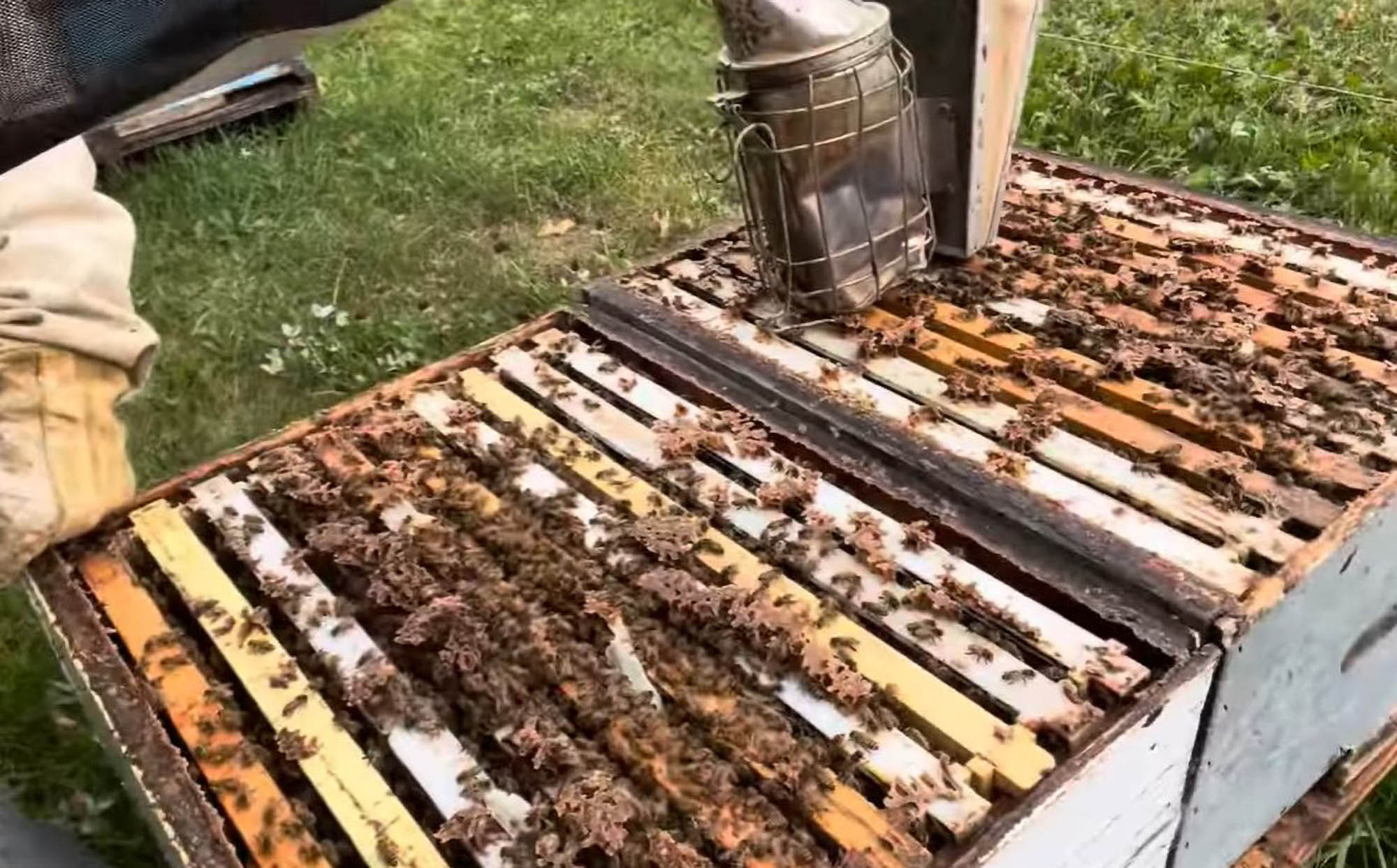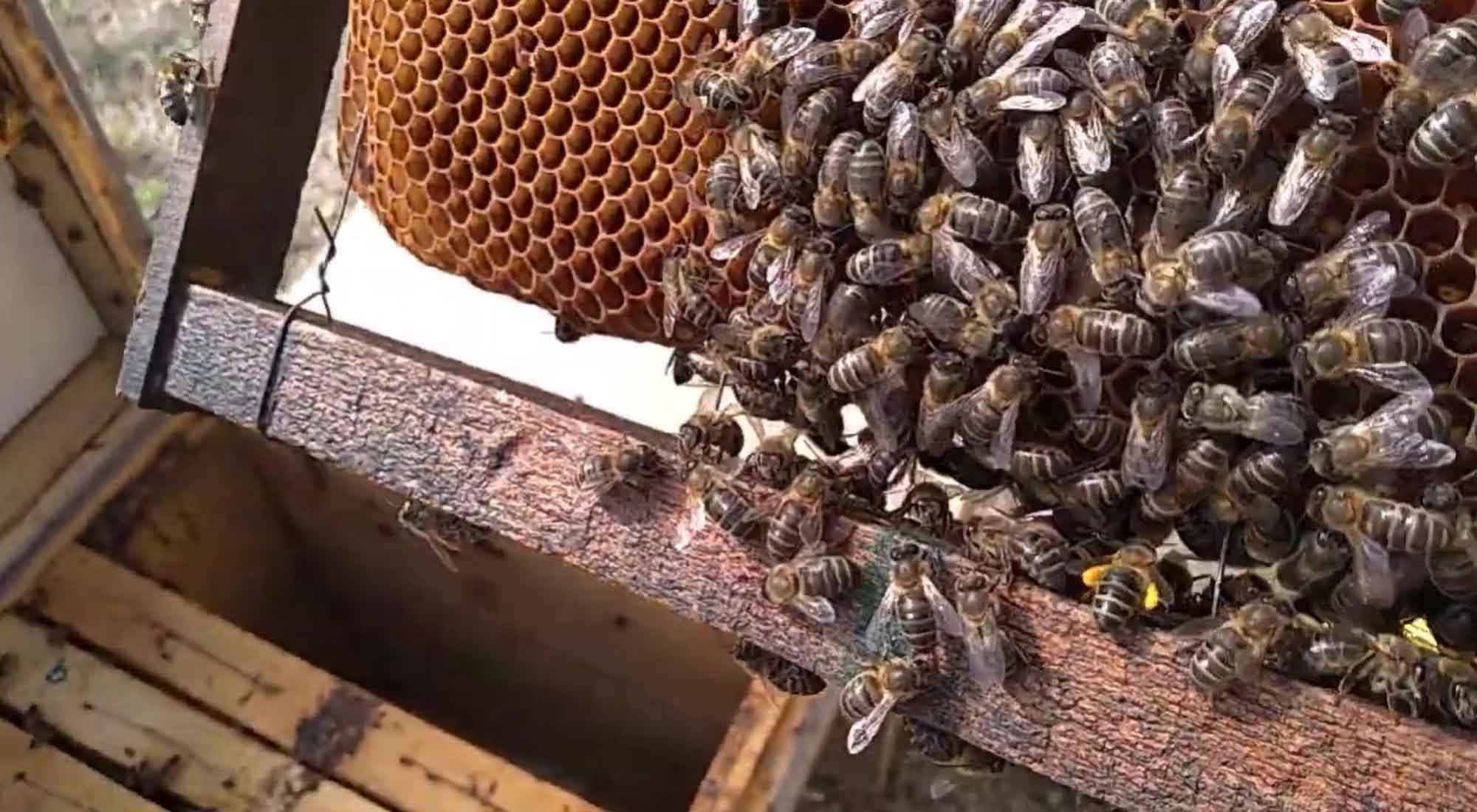Scientists in Germany who have carried out research into how the sex of bees is determined say they have been able to “solve a genetic mystery” by finding out more about a specific molecular switch of the insects’ genes.
Biologists and chemists from Heinrich Heine University (HHU) in Düsseldorf, North Rhine-Westphalia, focused on the gene csd, a primary signal for the sexual development of honeybees. In the process of sexual fertilisation, two csd gene variants are present in each sexually fertilised bee.
The sex of creatures has substantial consequences for their roles and behaviour. It is unclear to date how exactly the sex of bees is determined. Pioneering nature researchers started examining the subject in the 19th century.
Female bees develop when two alleles of the csd gene are different. Male bees are the outcome of the alleles are the same on both chromosomes. Alleles are variations of the same sequence of organic molecules.

The experts at HHU aimed to find out more about how this sex determination occurs. Lead author Dr Marianne Otte said: “It is necessary to know here that each different allele of the csd gene produces a different variant of the associated csd protein, all of which differ slightly.”
She added: “We were able to demonstrate that only different csd proteins can bind with each other and thus activate a molecular switch that determines ‘female bee’.
“By contrast, if the proteins are the same, they bind differently and the switch is not activated. In this case, a male bee would develop, but it is not raised.”
Dr Otte is convinced of having been capable to “solve a genetic mystery that has existed for more than 100 years.”
She said her team of researchers did so by tracing it back to the switch function of the csd protein.
Prof Dr Martin Beye, who heads the HHU‘s Institute of Evolutionary Genetics and has also been involved in the study, argued: “It is similar to a molecular game involving two dice.
“However, in this case, the throw that produces a double is not the winner. Instead, the throw must produce two different numbers to enable a new bee – a female – to be raised.”
The institute leader explained: “The mechanism the worker bees use to identify whether the fertilised egg contains two different csd proteins and is thus switched to ‘female’ is still unknown. As it is dark inside the hive, there must be an olfactory clue.”
The HHU experts plan to continue their investigation of the topic and use their preliminary results to improve honeybee breeding measures.











